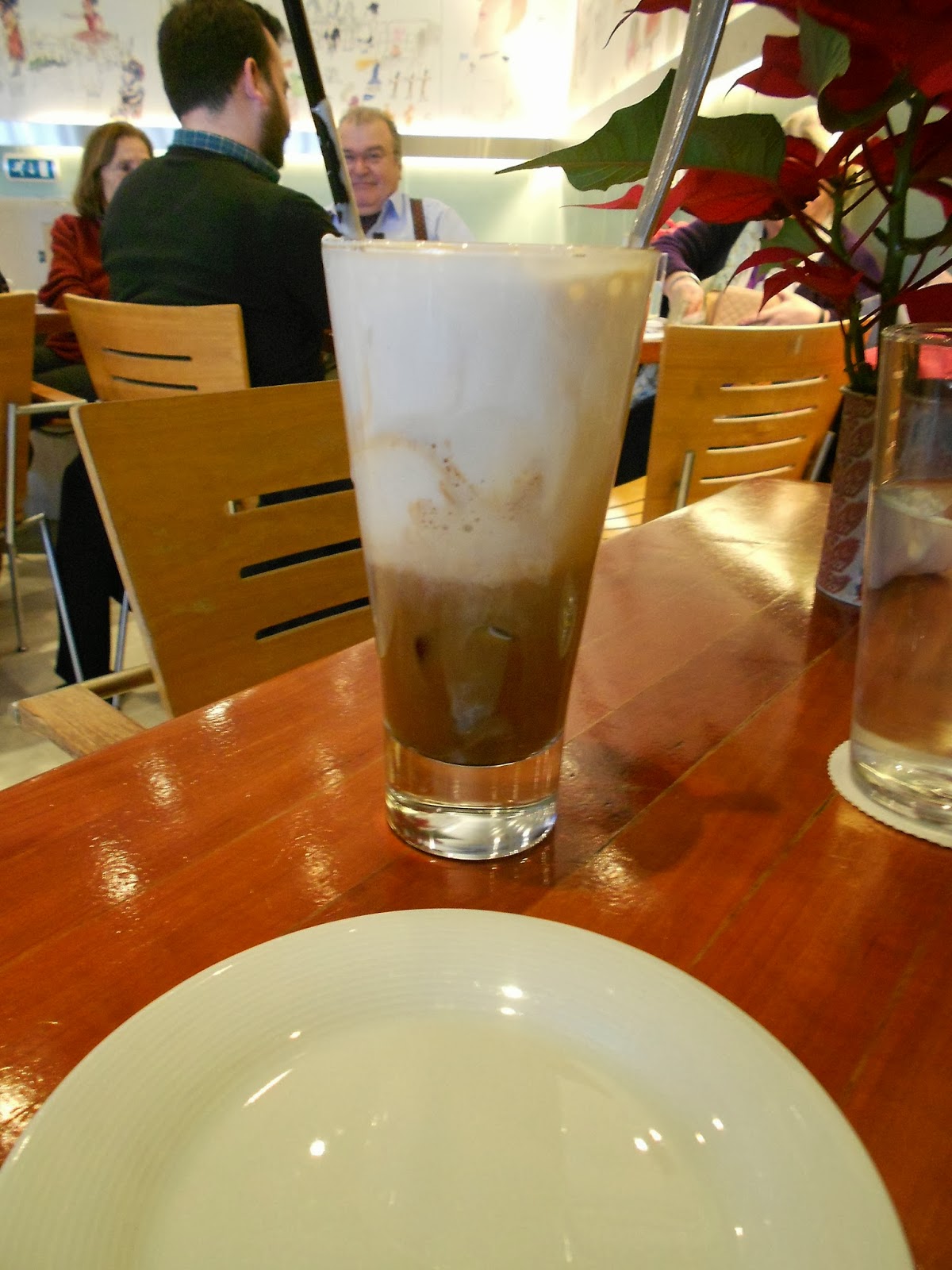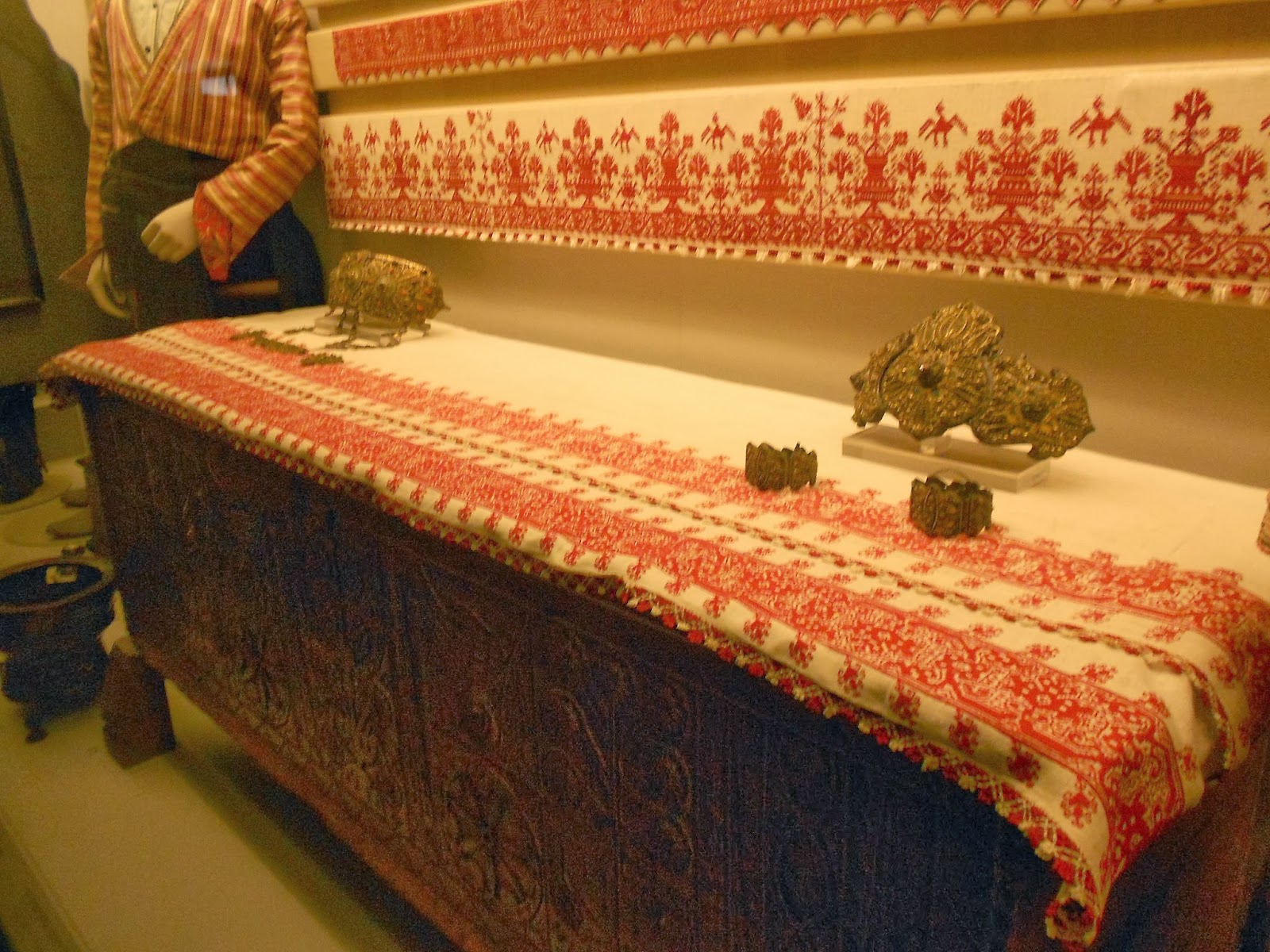Wandering about Athens on the way to Syntagma and the Benaki Museum I came across a few dogs. Dogs wandering around Athens are a common sight. Most of them are not feral or stray, they are collared and tagged but just left to wander during the day. They are fed by Athenians and they seem quite road-savvy.
This would probably explain the Greek riot dogs.
This handsome fellow looks like he has some golden retriever or labrador in him. He looks in great condition and the blue tag means he has had all his vaccinations.
And this one had decided he was going to lay down on the pedestrian crossing. Athenians seem very fond of the dogs and nobody made the dog move, all the cars drove around him, even the taxis.
This is the Greek Parliament on Syntagma Square. In a former life is was the Royal Palace built for King Otto and completed in 1843. You can watch the changing of the guard here, but more about that in a different post.
Another cuddly mutt, I thought this one might be Labrador & German Shepherd, what do you think?
And this handsome boy (Beagle & German Shepherd?) was wandering around Syntagma Square with his collar in his mouth as he had managed to take it off. A passerby put it back on for him. This dog seemed to spend a lot of his time with the dog above, we saw them together several times.
This is one of the busy roads near Syntagma, Vasilissis Sofias Avenue, named after Queen Sofia (1870 - 1932) the consort of King Constantine 1
There are small protests on a daily basis in Greece, especially in the area around the Parliament. This one was by the gate to the National Garden. There was some shouting and speakers seemed to be taking turns with a megaphone. The average young person only earns about 300 Euros a month. With 28% unemployment across the population, 62% for those under 25, house prices and wages have halved since 2008 it is no surprise that people are making lots of noise and are very angry with the politicians who destroyed the Greek economy. For 20 years or more they told the people that they had balanced the books with their budget and all the time the national debt was growing until the position was unsustainable. For the 2004 Olympics in Athens, a new airport was built, a road network to the airport and extended and refurbished the metro. All large and expensive infrastructure projects that Greece could not afford. It is estimated that it will take 20 years for the Greek economy to recover.
The police were quite relaxed, they were just wandering back and forth and directing pedestrians on to the road to walk around them.
After the museum I had a Cappuccino "Freddo" with vanilla ice cream on top - delicious - Starbucks in Athens also do these, wonder if I can get the Starbucks in Basingstoke to make one?
Traffic in Athens is a problem. There are lots of taxis and motorbikes. Driving is a little crazy and haphazard. Speed limit signs and road markings seem to be just decorations! Also like some states in the US, you can turn right on a red. However unlike the US there are no signs warning you of this so when I first arrived I was caught out by a car turning as I was crossing!
After the museum and on the way back to the hotel I passed Riot Dog #2, he had moved about 8ft to the pavement and was fast asleep right next to the crossing. People were giving him plenty of room so he would not be disturbed.
More street art this one seemed to be a protest piece. The colours were fabulous.
And in a square on the way back to the hotel I came across these wool wrapped trees.
As it was my birthday that day we dressed up later and went to dinner in the restaurant on the top of Lycabettus Hill. Alan wore his top hat of course.
I had grilled sea bream, quite adventurous for me as I do not usually eat seafood.


















































































